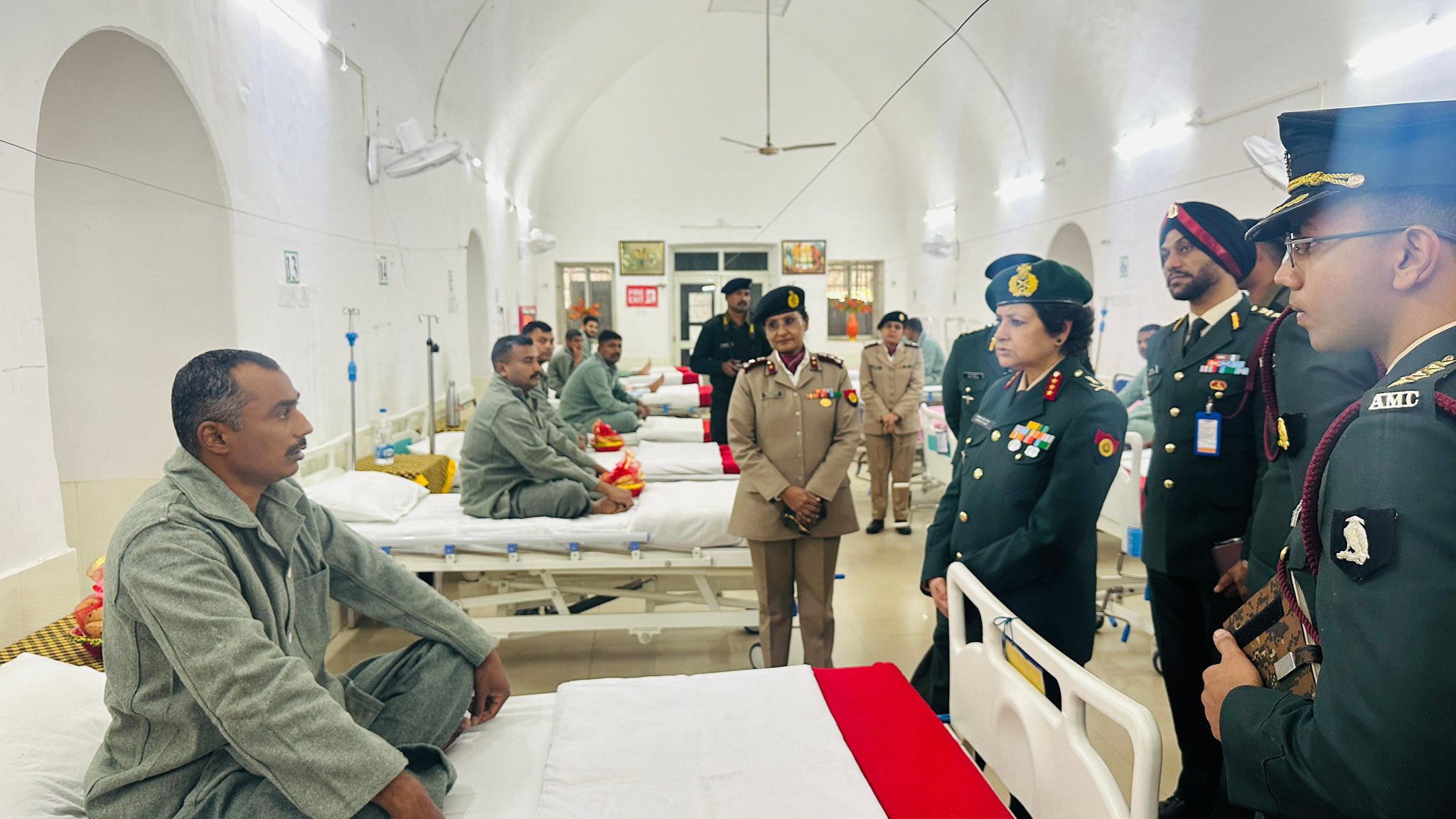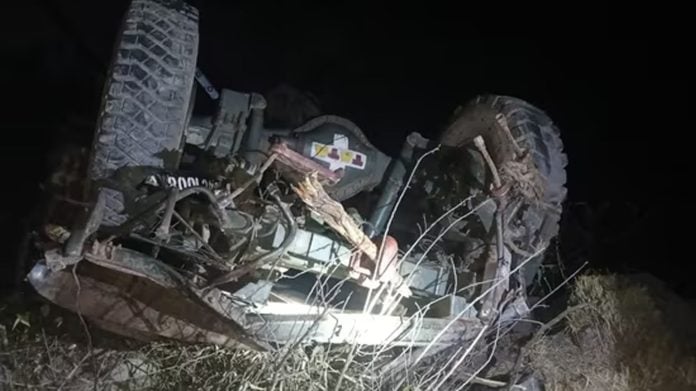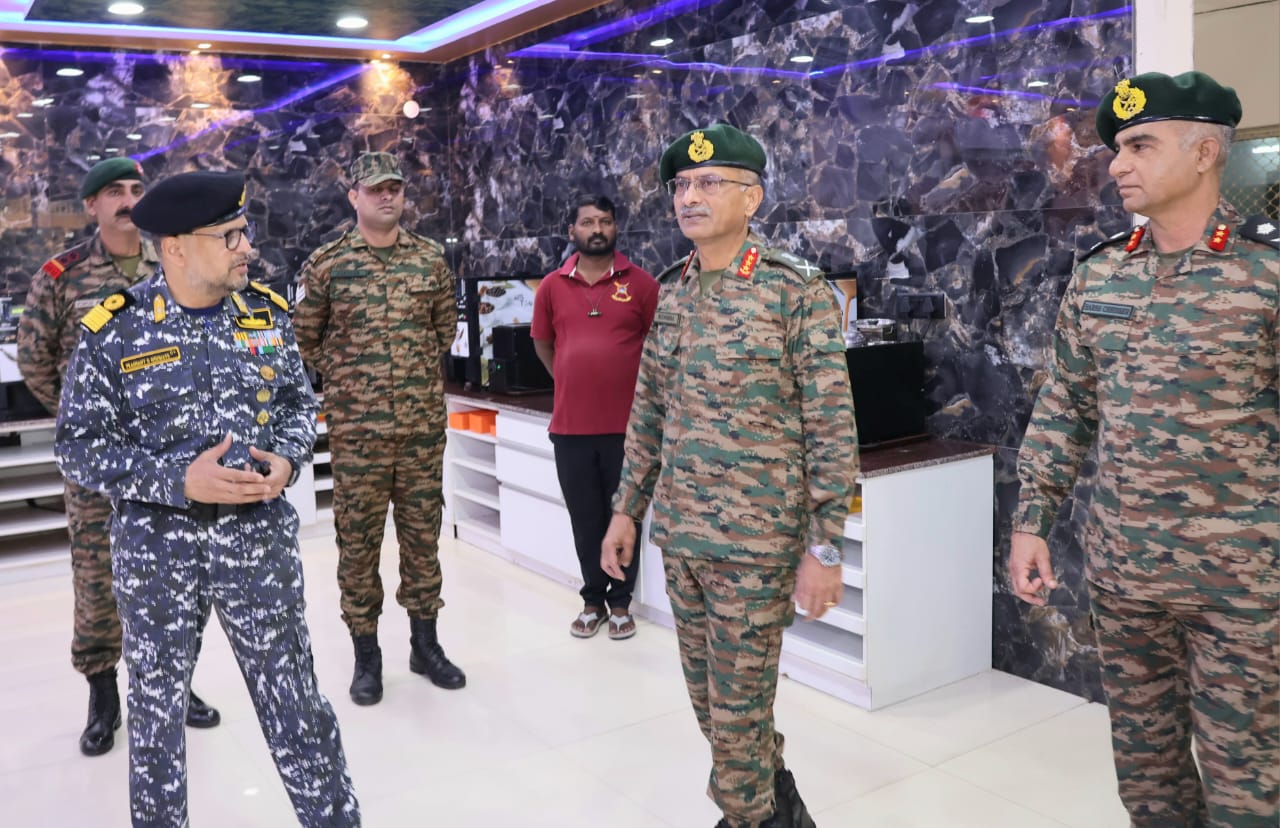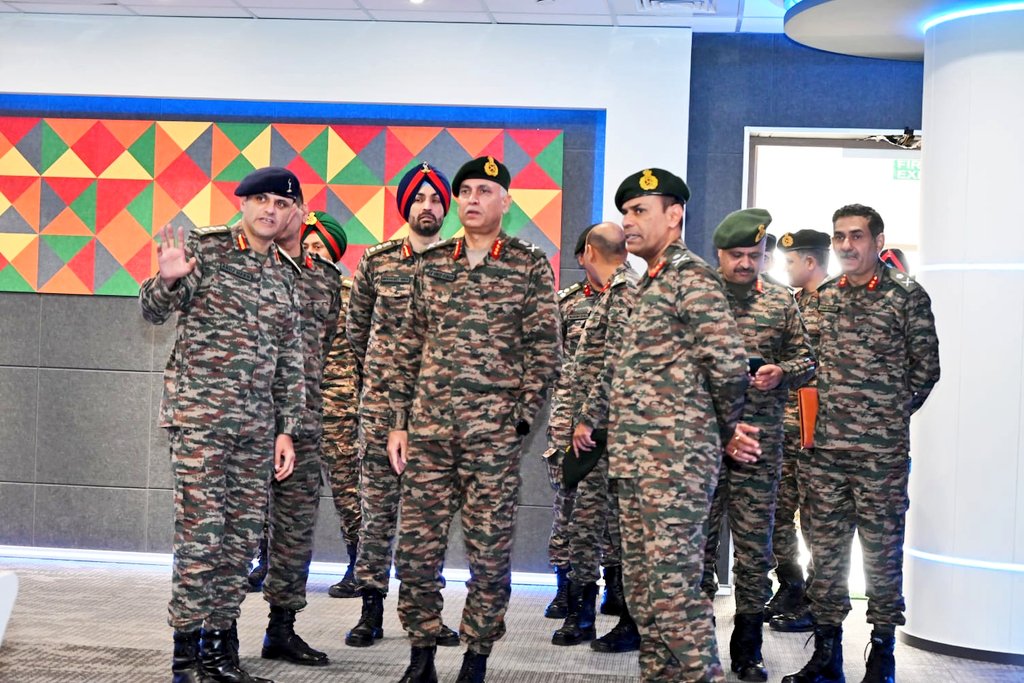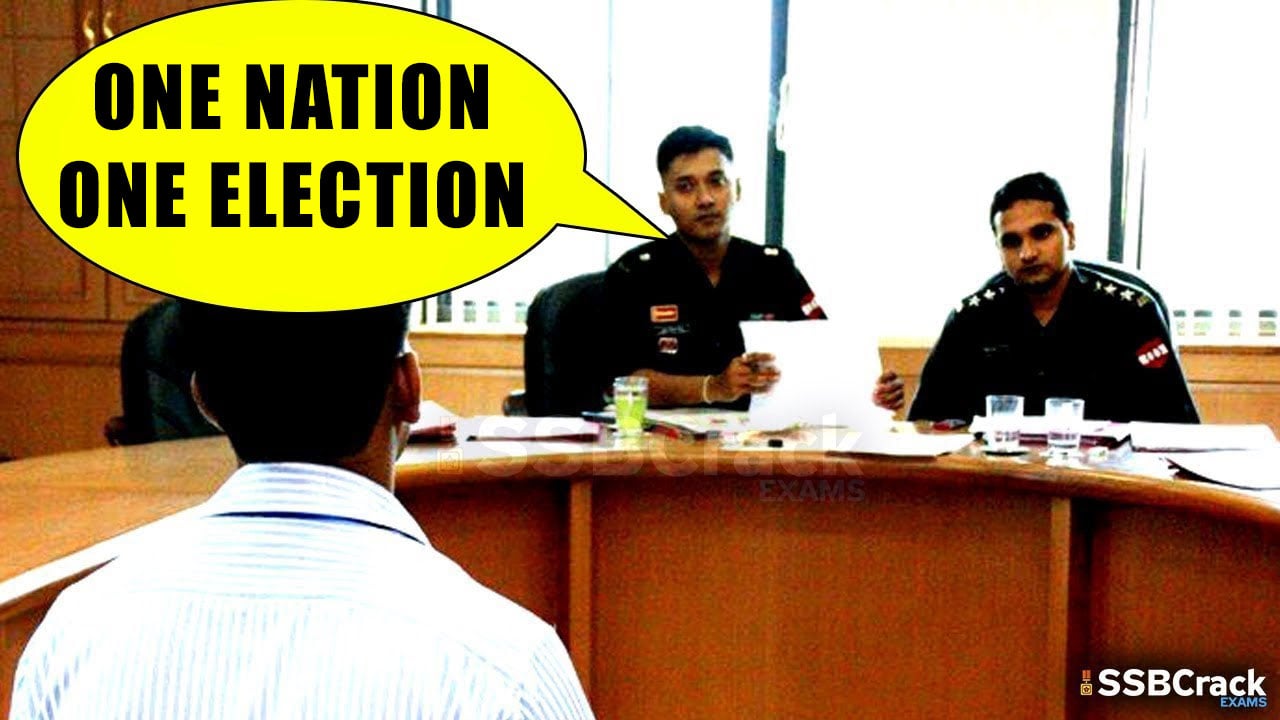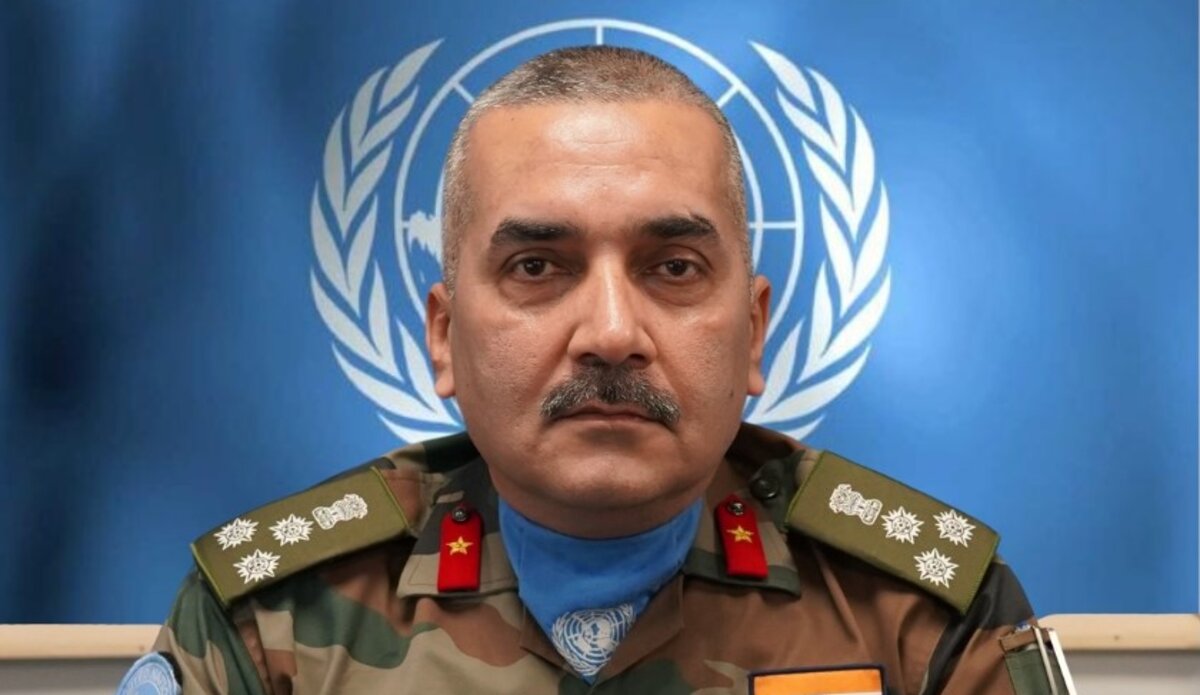Lt General Sadhna S Nair Visits Military Hospital Sagar
Lt General Sadhna S Nair, Director General Medical Services (Army) and Senior Colonel Commandant, visited Military Hospital (MH) Sagar as…
5 Indian Army Soldiers Died in Vehicle Accident
In a tragic incident, five Indian Army soldiers lost their lives, and eight others sustained injuries when their vehicle veered…
Lt Gen MV Suchindra Kumar Addresses Asymmetric Challenges at College of Defence Management
Lt Gen MV Suchindra Kumar, Army Commander, Northern Command, recently visited the College of Defence Management in Secunderabad and delivered…
Lt Gen Kanwar Vinod Kumar Visits Regional Network Centre to Validate Operationalisation
Lt Gen Kanwar Vinod Kumar, Signal Officer-in-Chief and Senior Colonel Commandant of the Corps of Signals, recently visited the newly…
10 SSB Interview Questions on One Nation One Election
"One Nation, One Election" is a proposal by the Indian government to synchronize all elections across the country, including those…
India Lost Brigadier Amitabh Jha in Syria
The Indian Army, led by General Upendra Dwivedi, Chief of Army Staff (COAS), and all ranks, express their deepest condolences…

